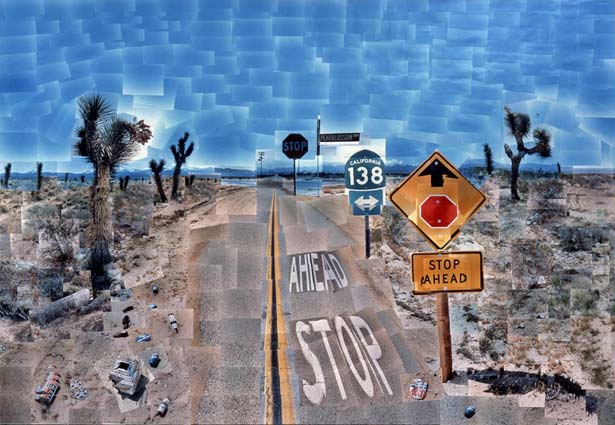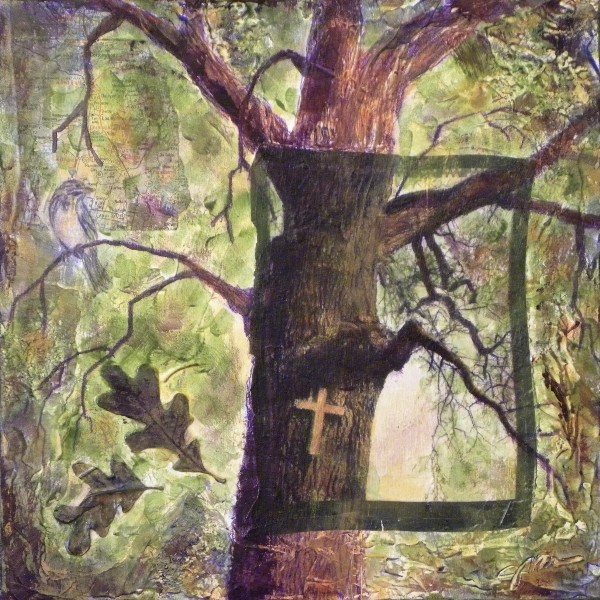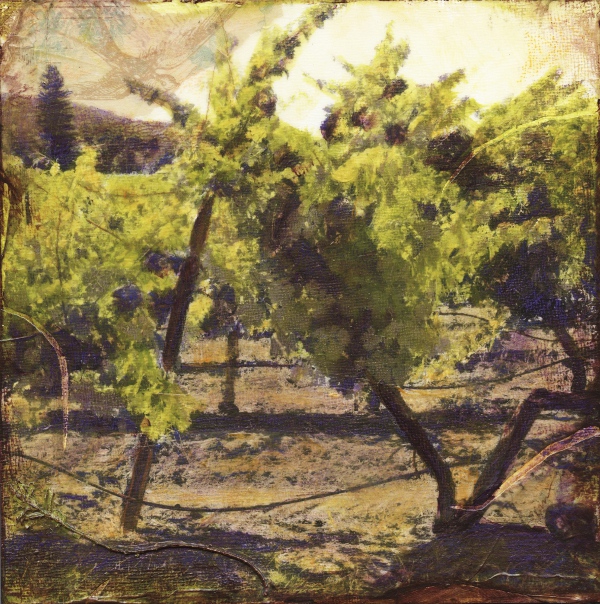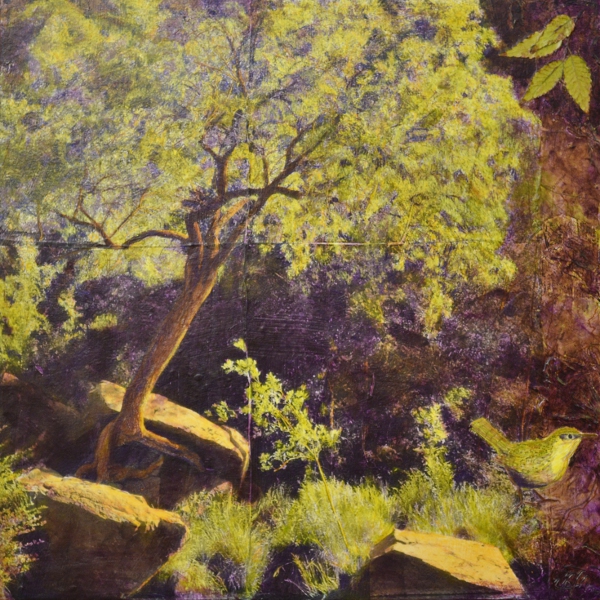This article was written by Rebecca Gregg, one of the full time professors of Photography at Sierra College, where I teach part time. When it comes to teaching photography, Rebecca knows what she’s talking about, she founded our amazing program (we still teach darkroom) many many years ago…

When photography was first invented, the discovery spread by friends teaching friends even though Daguerre’s process was printed in numerous languages and given freely to the world. For example, the inventor Samuel Morse enjoyed a hands-on lesson from Daguerre himself in Paris and then Morse demonstrated the process to his painting student and future Civil War documentarian Mathew Brady in far away America just weeks later. In England the noted scientist John Hershel shared his photographic knowledge and enthusiasm with friends Fox Talbot and Julia Margaret Cameron. In France Gustave LeGray taught the process to aspiring photographers Felix Nadar and Maxime Du Camp. And while photographic education has grown enormously since Dorothea Lange, Paul Outerbridge and Ralph Steiner attended Clarence White’s formal photo school in the early 20th century in New York City, friends teaching friends is still a main stay of photographic education. This face-to-face sharing is still much alive at Viewpoint with Print and Portfolio Nights, Art Afternoons, Student Critiques and Member Meetings. Viewpoint’s Workshop Program formalizes the educational process and resembles traditional classroom more than the friend-to-friend exchange.
The Internet is replete with tutorials, blogs, and sites devoted to photography, especially digital imaging. Books on photography (although more how to than why to) abound. And though some titles are apocalyptic for photography’s future like Fred Ritchin’s After Photography, photography seems alive and if not well, is only a little under the weather in the midst of fast and far reaching changes in society. Never before have so many people worldwide had access to a camera and never before have so many photographs been taken. It’s estimated that every two minutes as many photos are taken as in the sixty years that photography existed in the 19th century. Astounding population growth and equally astounding technical changes account for the enormous numbers.
Our region has strong professional training at Sacramento City, American River, Cosumnes River, Solano, Yuba College, CSU Sacramento, and Sierra College where I have taught photography for the last 30 years. In the past several years of entrenched economic downturn, skyrocketing student loan debt, and demands for increasing uniformity of requirements, photographic education has suffered along with other programs in the arts. When I proposed the exhibit in Step Up it was in part out of frustration with memos coming out of the State Budget Analyst’s Office that clearly revealed a lack of understanding of the importance of photographic education in an increasingly visual society. So why is photographic education relevant to today’s student and tomorrow’s world?
Anyone who has even been lucky enough to study photography knows the value of blending science with art, of bringing the tangible world of physics and the inverse square law into the lighting studio and of expressing critical evaluation that recognizes flaws and praises accomplishments. The photo classroom is alive with problem solving, with applying guidelines to new situations and adapting rules to fit the presented reality, the changing light, the too small location, or the flock that left earlier than usual. Photographers learn to plan for a session, organize for speed and ease, evaluate results often on the fly, adapt to the weather, communicate with clients and critics, and constantly explore the new trappings of the ever-changing tools of the trade. Whenever I am asked what I teach and answer photography, invariably the response is a version, of “oh that must be fun.” It is. And it is also demanding work both for me and for students. Photography is a rigorous discipline that requires discipline. Studying photography builds skills to make sound judgments based on experience and possibilities, rather than narrowly relying on the rule alone. There is almost never a single solution to any given situation. If there is a truism, it is that the answer to all photographic questions is “that depends..” In beginning classes instructors organize and pace the lessons to establish the fundamental parameters of exposure and camera usage in a meaningful progression while immediately encouraging originality and fresh views. Photography demands different skill sets all along the way. To be stopped in one’s tracks by dewdrops on a foggy morning is worlds away from exactly measuring the edges of a window matt. But students will encounter both. Critiques move students to appreciate and create universal expressions different from the “selfies” that populate their facebook pages. Students majoring in photography are driven by their passion and their ambition. Quite understandable. Although professional photography has changed in the last fifteen years more dramatically than the fifteen years after gelatin silver film was marketed, the career remains a viable and growing field. But photographic education is probably most relevant in today’s world to the general students, the non-majors.
Degree requirements of public speaking, writing, and math have long recognized the importance of fundamental skills to society. Academia and society at large has been slow in recognizing the visual arts including photography as fundamentally critical preparation in the same way especially in our new visual age. Photography courses teach the skills of evaluating images, of questioning content and use, of restraint in expression, of making comparative choices, of planning and adapting, of patience and diligence, and of minding the details. We have legions of people with cameras with little discussion of the ethics of visual trespass or visual plagiarism except as reaction to the latest shock wave of sexting, bullying or other jolts to our collective visual consciousness. These important lessons are handled directly and consistently in photography classes. Other benefits of the photo classroom is the atmosphere of cooperatively working together, of balancing trust with risk, of modeling the changing role of the teacher to be leader, mentor, coach and ever-interested learner. “When the student is ready, a teacher appears” – is a familiar adage that describes this dynamic learning environment. To frame photo education solely for those who want to become professional photographers is far too narrow. This is a vital role, but if we are to fully understand the profound impact of photographs on all of communication, persuasion and our collective memory, we must educate a populace that both consumes and creates images. One of the best venues for this critical dialog is the photography classroom. Here education combines heads up with hands on. No wonder teaching photography is fun.












